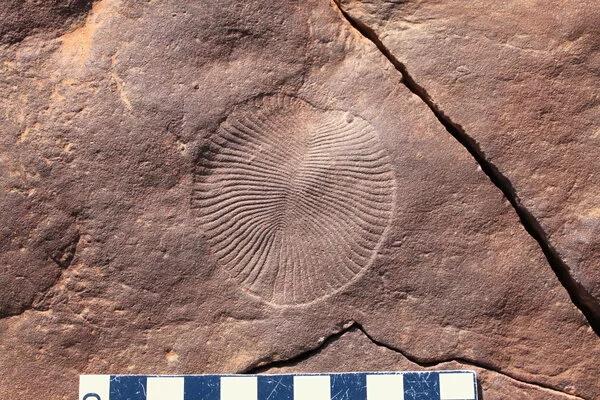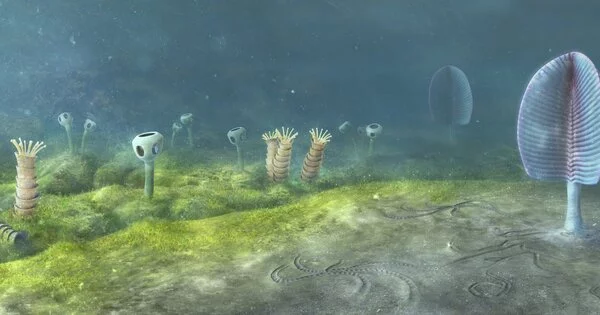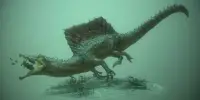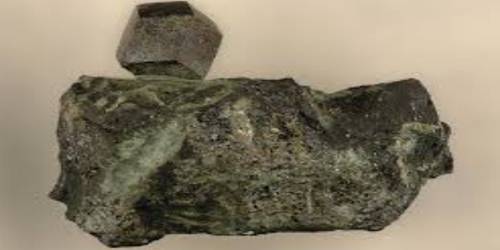New discoveries in evolutionary biology are made through the study of fossils, genetic evidence, comparative anatomy, and other research methodologies. Scientists want to learn about the relationships between different animal groupings, their evolutionary history, and how life on Earth has altered over time.
Scientists have been baffled by the absence of animals in much of the fossil record. Researchers have devised a novel way for determining if creatures were truly absent throughout certain geological epochs, or if they were present but too delicate to be preserved.
A study led by the University of Oxford has got us one step closer to answering a question that has baffled naturalists since the time of Charles Darwin: when did animals first appear on Earth? The findings were published today in the journal Trends in Ecology and Evolution.
Animals appear in the fossil record for the first time around 574 million years ago. Their appearance emerges as a rapid ‘explosion’ in rocks from the Cambrian epoch (539 million years ago to 485 million years ago) and appears to contradict the normally gradual pace of evolutionary change. Many scientists (including Darwin) believe that the earliest creatures originated long before the Cambrian epoch, but they are unable to explain why they are absent from the fossil record.
The first animals undoubtedly lacked mineral-based shells or skeletons, and would have required unusual conditions to be fossilized. Certain Cambrian mudstone layers, on the other hand, exhibit extraordinary preservation, even of soft and fragile animal tissues.
Dr. Ross Anderson
According to the’molecular clock’ technique, animals first emerged 800 million years ago, during the early Neoproterozoic epoch (1,000 million years ago to 539 million years ago). This method uses the rates at which genes accumulate mutations to calculate when two or more living species last shared a common ancestor. However, whereas early Neoproterozoic rocks include fossil microbes such as bacteria and protists, no animal fossils have been discovered.
This presented palaeontologists with a quandary: does the molecular clock method overstate the time when animals originally evolved? Or were there animals existing during the early Neoproterozoic but they were too soft and fragile to be preserved?
To study this, a team of researchers lead by Dr Ross Anderson from the Department of Earth Sciences at the University of Oxford conducted the most comprehensive assessment to date of the preservation conditions that would be expected to catch the earliest animal fossils.
‘The first animals undoubtedly lacked mineral-based shells or skeletons, and would have required unusual conditions to be fossilised,’ said lead investigator Dr Ross Anderson. Certain Cambrian mudstone layers, on the other hand, exhibit extraordinary preservation, even of soft and fragile animal tissues. We reasoned that if similar conditions, known as Burgess Shale-Type (BST) preservation, occurred in Neoproterozoic rocks, then a lack of fossils would indicate a true absence of animals at that period.’

To study this, the researchers utilised a variety of analytical techniques on Cambrian mudstone deposits from nearly 20 different locations to compare those having BST fossils to those with just mineral-based remnants (such as trilobites). These approaches included energy dispersive X-ray spectroscopy and X-ray diffraction in the Departments of Earth Sciences and Materials at the University of Oxford, as well as infrared spectroscopy at Diamond Light Source, the UK’s national synchrotron.
The analysis found that fossils with exceptional BST-type preservation were particularly enriched in an antibacterial clay called berthierine. Samples with a composition of at least 20% berthierine yielded BST fossils in around 90% of cases.
Microscale mineral mapping of BST fossils revealed that another antibacterial clay, called kaolinite, appeared to directly bind to decaying tissues at an early stage, forming a protective halo during fossilisation.
‘The presence of these clays was the main predictor of whether rocks would harbour BST fossils’ added Dr Anderson. ‘This suggests that the clay particles act as an antibacterial barrier that prevents bacteria and other microorganisms from breaking down organic materials.’
These approaches were then used to evaluate samples from a variety of fossil-rich Neoproterozoic mudstone formations. The research found that the majority lacked the compositions required for BST preservation. However, three deposits in Nunavut (Canada), Siberia (Russia), and Svalbard (Norway) showed nearly comparable compositions as Cambrian BST-rocks. Despite the fact that the conditions were likely suitable for the preservation of animal fossils, none of the samples from these three strata had any.
Dr Anderson added: ‘Similarities in the distribution of clays with fossils in these rare early Neoproterozoic samples and with exceptional Cambrian deposits suggest that, in both cases, clays were attached to decaying tissues, and that conditions conducive to BST preservation were available in both time periods. This provides the first “evidence for absence” and supports the view that animals had not evolved by the early Neoproterozoic era, contrary to some molecular clock estimates.’
According to the researchers, the data implies a theoretical maximum age for the genesis of animals of roughly 789 million years: the Svalbard formation’s youngest estimated age. The researchers will now look for younger Neoproterozoic deposits with BST preservation characteristics. This will corroborate the age of rocks in which animals are missing from the fossil record because they were truly absent, rather than because the conditions were inhospitable to fossilisation. They also plan to conduct laboratory research to look at the mechanisms underlying clay-organic interactions in BST preservation.
‘Mapping the compositions of these rocks at the microscale is allowing us to understand the nature of the remarkable fossil record in ways that we have never been able to accomplish before,’ Dr Anderson continued. Finally, this could aid in determining how the fossil record may be biassed towards conserving specific species and tissues, affecting our view of biodiversity throughout geological eras.’
















